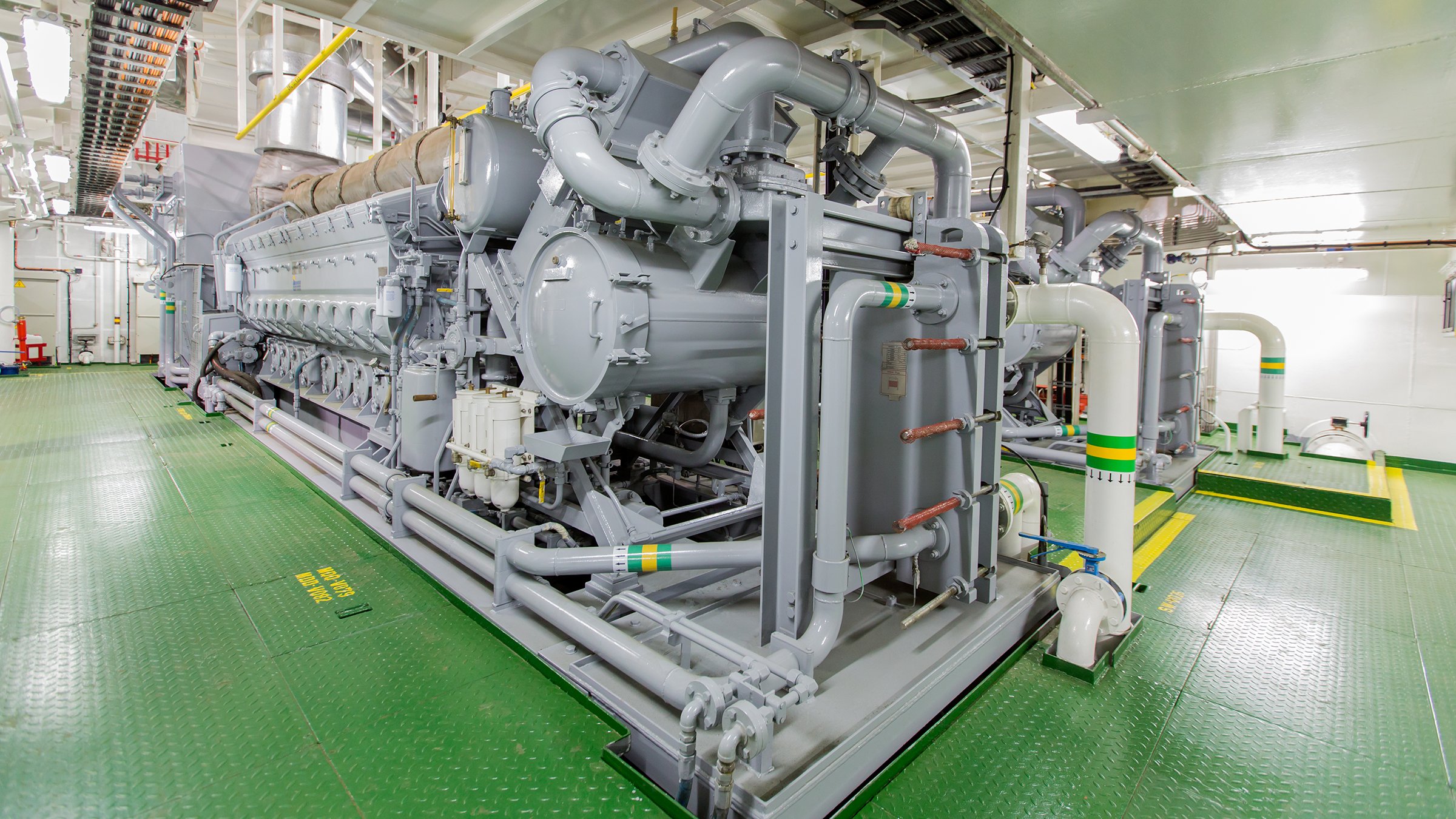Background
The engineers at a Gulf Coast chemical facility needed to test expansion plans for a production line consisting of many production units whose products are intermediates used in making polyurethanes. The design of the major expansion had been completed, but it had not been verified with regard to available storage tanks and shipping capacities.
Challenge
The company needed to see the impact of increased capacity in advance so potential problems could be identified and any design changes could be made before construction was completed. They enlisted the Rockwell Automation Arena Consulting Services to develop a model of the production line using Arena simulation software. Supply chain modeling was used to examine the production units, their associated storage tanks and piping, and the activities at the shipping areas. The model uses production schedules for each unit as well as the order-shipping schedules to control the flow of product into and out of the production line storage tanks.
The chemical company’s engineers also wanted to use the model as a planning tool for storage tanks and shipping. To do this, they needed to be able to examine the effects of adding additional storage tanks, additional loading positions, and additional products. The supply chain simulation model also needed to allow production unit capacities to vary.
Solution
The consulting services team developed an Excel front-end for the Arena model. This front-end allowed the company’s engineers to specify tank capacities, initial volumes of product in the tanks, activity times in the shipping areas, production capacities of each production unit, manifold and piping configurations to and from the tanks, and the number of loading positions available. The system parameters specified in the front-end were read into the Arena model and used to define the production line, giving the chemical company the flexibility they needed to examine the present-day system as well as possible future system configurations.
Results
Based upon the supply chain simulation model results, the company was able to examine the impact of multiple process parameters on the performance of the system and make informed decisions to improve system throughput. The model verified a lack of storage capacity and showed that if certain production criteria could be met, the product assignment could be reconfigured in the existing tanks, eliminating the need to purchase any additional tanks.
The simulation model demonstrated that no additional capital investments were required for the current expansion plan. However, the biggest benefit of the Arena simulation was the ability to run the model with future product forecasts in order to identify constraints and bottlenecks. Early detection of potential problems provided the chemical company sufficient time to correct them. In addition, the supply chain simulation model could support decisions on future capital expenditures.
